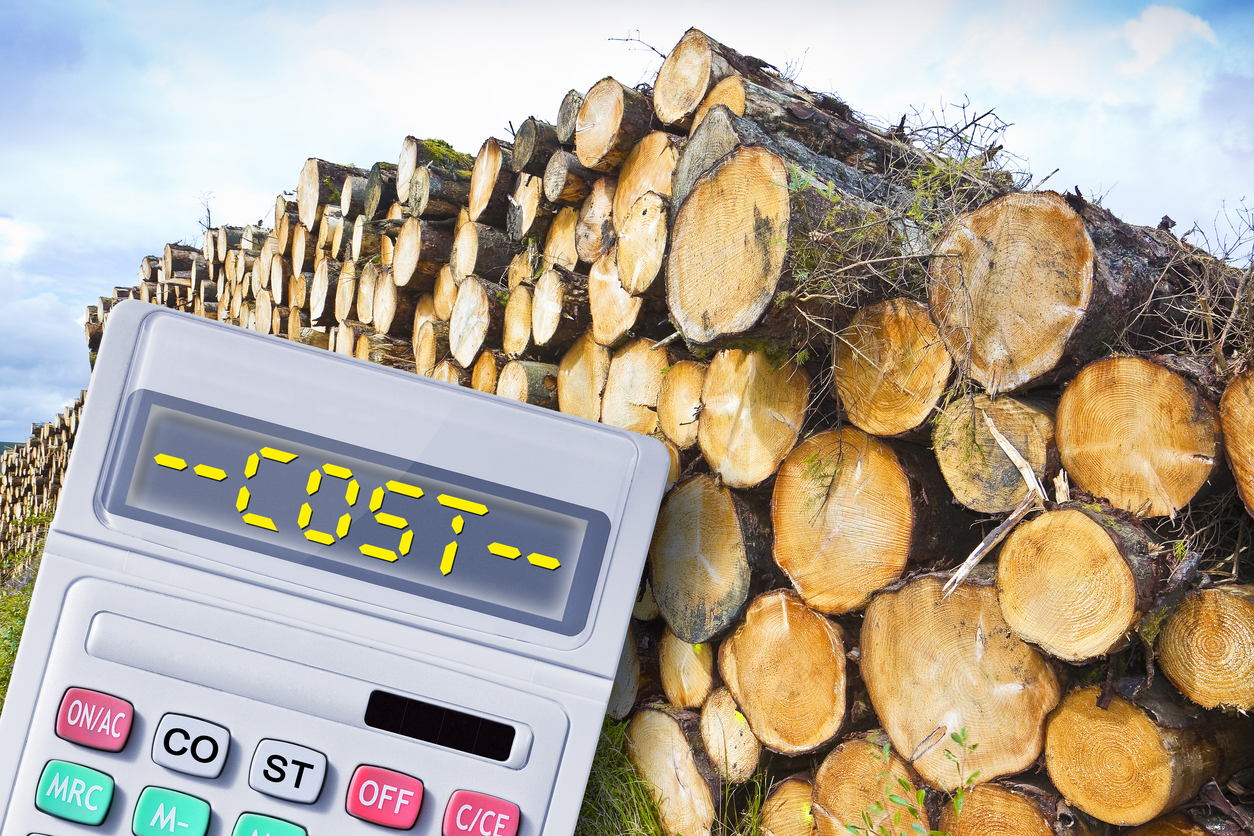Types of Wood Fuel Products

Wood fuel products have been a fundamental energy source for centuries, providing heat and power to households and industries alike. In recent years, advancements in technology and environmental awareness have renewed interest in wood as a sustainable and renewable energy source. Here, we will explore the different types of wood fuel products, their components, energy content, environmental impact, and cost-effectiveness.
1. Components of Wood Fuel Products
Wood fuel products are composed of various components, each with distinct properties that affect their performance as fuel:
- Chemical Composition: Wood primarily consists of carbon, hydrogen, and oxygen, with small amounts of nitrogen, ash, and other elements. The ratio of these components can influence the fuel's combustion efficiency and emissions.
- Moisture Content: Moisture levels in wood affect its energy efficiency. Lower moisture content results in higher energy output, making dry wood more desirable for fuel. Proper seasoning or kiln drying can reduce moisture levels, improving combustion efficiency.
- Density and Hardness: Denser wood tends to burn longer and provide more energy. Hardwoods like oak and maple are typically denser than softwoods like pine, making them preferred choices for fuel.
- Solid Carbon Content: The amount of solid carbon in wood determines its calorific value or energy content. Higher carbon content usually translates to higher energy output.
2. Processes Involved in Producing Wood Fuel Products

The production of wood fuel products involves several processes to convert raw wood into usable energy sources:
- Direct Combustion: This is the most common method, where wood is burned to produce heat. It is used in stoves, fireplaces, and industrial boilers.
- Co-firing: In this process, wood is burned alongside other fuels, such as coal, to enhance energy production and reduce emissions.
- Pelletizing: Wood pellets are made by compressing sawdust and other wood waste into small, dense pellets. This process increases the energy density and makes transportation and storage easier.
- Charcoal Production: Charcoal is produced by heating wood in the absence of oxygen. This process removes volatile compounds, leaving behind a carbon-rich material that burns hotter and cleaner than raw wood.
3. The Energy Content of Wood Fuel Products
Wood fuel products offer a renewable energy source with varying energy content:
- Wood Pellets: These have an energy content of approximately 19.2 GJ per tonne of dry matter, making them a highly efficient fuel source. They are commonly used in pellet stoves and boilers for home heating.
- Wood Chips: Typically used in larger industrial boilers, wood chips provide a slightly lower energy content than pellets due to higher moisture levels but are still an effective energy source.
- Firewood: Traditional logs offer a variable energy content depending on the type of wood and its moisture content. Hardwoods generally provide more energy per volume than softwoods.
4. Environmental Impact of Wood Fuel Products
Wood fuel products are considered a more environmentally friendly alternative to fossil fuels due to several factors:
- Renewability: Wood is a renewable resource that can be sustainably harvested and replenished, reducing reliance on finite fossil fuels.
- Carbon Neutrality: When managed sustainably, wood fuel can be carbon-neutral, as the carbon dioxide released during combustion is offset by the carbon absorbed during the growth of new trees.
- Reduced Emissions: Advanced combustion technologies and proper wood drying techniques can minimize emissions of particulate matter and other pollutants.
- Resource Efficiency: Using wood waste for fuel reduces landfill waste and promotes efficient use of resources.
5. Cost of Wood Fuel Products

Switching to wood fuel products can offer significant cost savings compared to traditional heating methods:
- Cost per Kilowatt-hour: Wood fuel products like pellets and compressed logs can be more cost-effective than natural gas, propane, or electricity, especially in regions where wood is abundant.
- Storage and Availability: Wood pellets and logs can be easily stored, providing a reliable energy source even during supply disruptions of other fuels.
- Initial Investment: While the initial cost of wood-burning appliances can be higher, the long-term savings on fuel costs often justify the investment.
Conclusion
Wood fuel products present a viable and sustainable alternative to traditional fossil fuels. With advancements in technology and growing environmental awareness, wood is gaining recognition as an efficient and eco-friendly energy source. By understanding the components, production processes, energy content, environmental impact, and cost benefits, consumers can make informed decisions about incorporating wood fuel products into their energy solutions.
Embracing wood as a fuel source not only contributes to reducing carbon footprints but also supports a more sustainable future.




